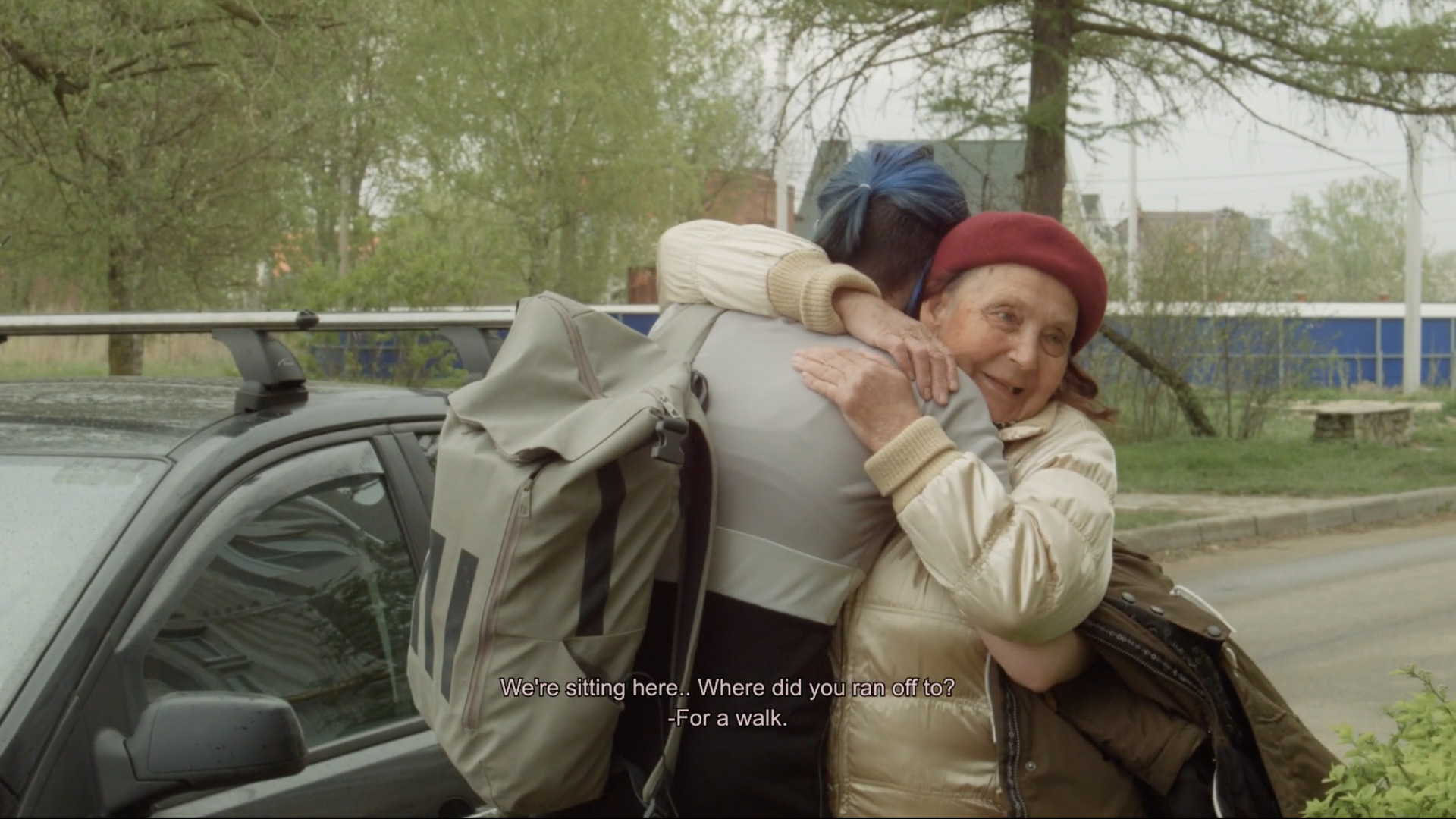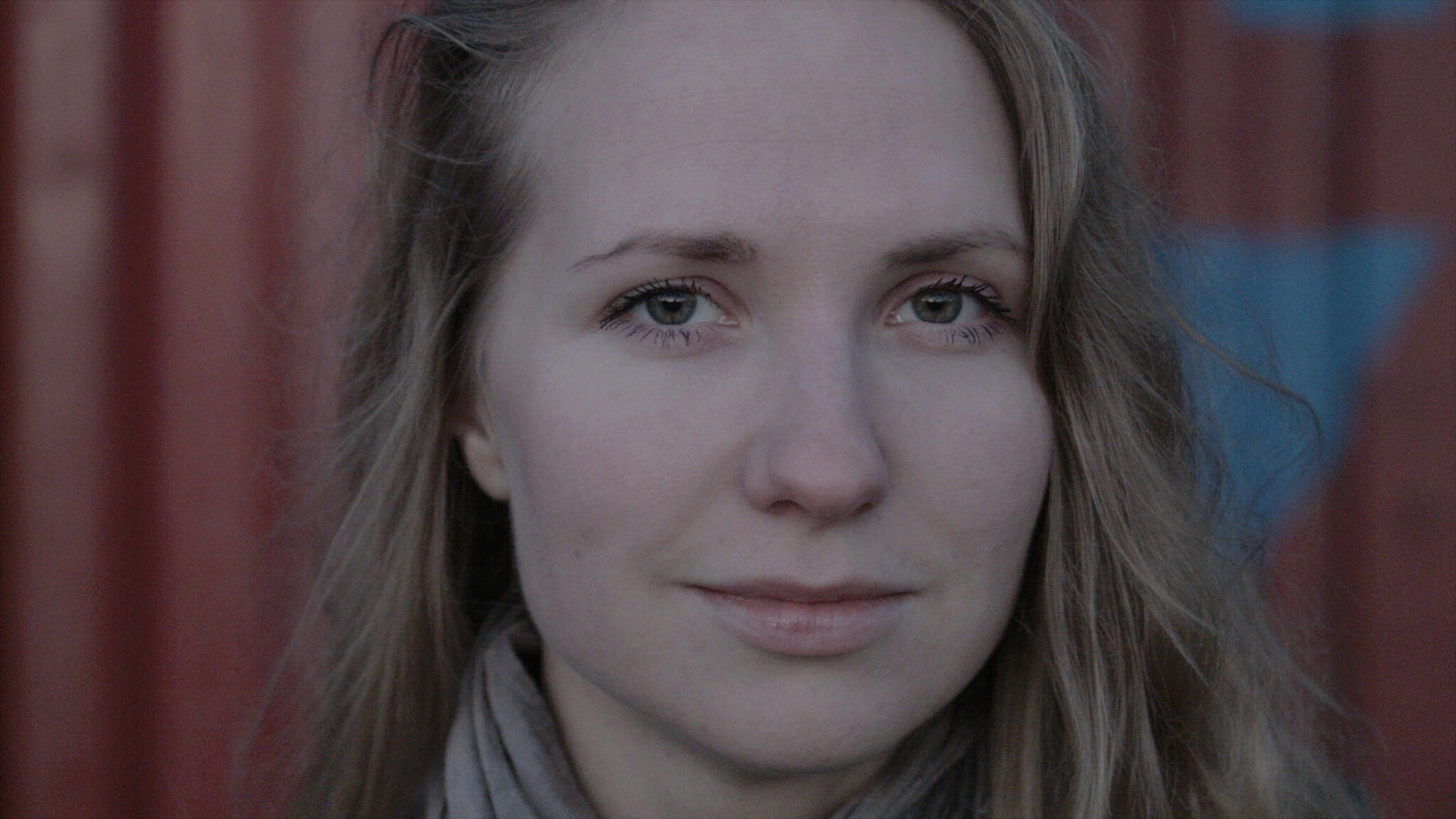Spring School 2019
→ Весенняя Школа 2019
→ Kevadkool 2019
→ Kevätkoulu 2019
In the Deconstructed Field Studies -workshop lead by Polina Medvedeva, participants interacted with the city and its inhabitants documenting small stories and local knowledge about the informal economies and non-conformist communal structures of Narva.
In 2012 Narva’s old town gets a brand new building, standing next to the Town Hall. Freshly inaugurated Narva College, say Kavakava Architects, reflects the former Stock Exchange Building destroyed during the Second World War. Yet for some Narva older residents, the modern architecture comes as a challenge to their representations.
When entering the building shaped with clear wood structures, a sense of utopia invades the thoughts. A new generation is busy going in and out through the glass doors, discussing at the fancy café or leaning over Estonian and Russian books in the cosy library. Somehow, accounts of the former Kreenholm factory’s social life come to mind. Perhaps, the youth has found its new headquarters.
Among these ambitious youngsters, some have crossed the border from neighbouring Russia. The hybrid situation of Narva appears as an unforeseen opportunity for those who aspire to open the door to Europe.
And yet… just like the golden age of Kreenholm don’t include hard work, stress and health problems in the picture… is the European university utopia resisting the reality of Narva’s complexity? How is this new generation of Russian-speakers arriving in Narva going to face Estonia’s conflicted past? How are Estonians going to process the changing structure and ambitions of the Russian-speaking population? How is the identity of Narva going to be transformed?
As the medieval castle stands still on the bank of the undisturbed Narva river, it feels hard to find the clue, and so we wonder… What will be the face of the future Narva?
Spring School Mentors
→ Весенняя Школа
→ Kevadkool
→ Kevätkoulun mentorit

